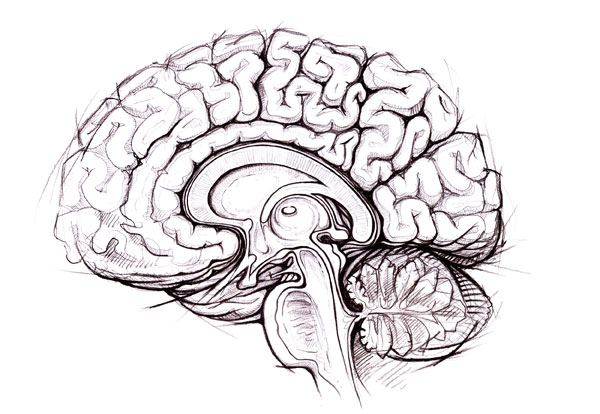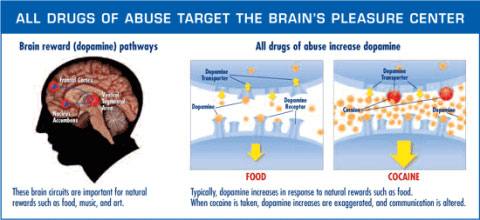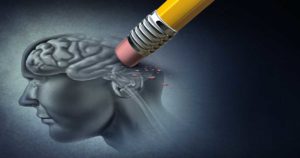Regions of the brain and their role in addiction
There are two regions of the brain that are commonly discussed when it comes to addiction; the pre-frontal cortex and the midbrain. These areas of the brain are two vastly different regions with functional differences that corroborate to maintain homeostasis.
 The pre-frontal cortex, a region of the cerebral cortex, is charged with rationalizations, decision making, intelligent thoughts, and even one’s moral compass. It is this region of the brain that allows for intellect, a trait that distinguishes us from that of other organisms. One’s conscious thought and personality are also derived from this region of the brain, but most important in the role of addiction is the function of this region to act as a “gatekeeper” of the subconscious brain enforcing the “stop or go” mechanism that drives our instincts, desires, and actions.
The pre-frontal cortex, a region of the cerebral cortex, is charged with rationalizations, decision making, intelligent thoughts, and even one’s moral compass. It is this region of the brain that allows for intellect, a trait that distinguishes us from that of other organisms. One’s conscious thought and personality are also derived from this region of the brain, but most important in the role of addiction is the function of this region to act as a “gatekeeper” of the subconscious brain enforcing the “stop or go” mechanism that drives our instincts, desires, and actions.
The mid-brain sometimes referred to as the primitive or reptilian part of the brain, is located in the mesolimbic region. This works closely with the pleasure center of the brain, tasked with the survival of the species and individual, it is where procreation, hunger, sleep, breathing, waste excretion, and other functions are regulated. This part of the brain has the motto, “If it feels good, do it again”; and so vital functions are rewarded with the release of the neurotransmitters Dopamine and Glutamate which in turn creates a sense of pleasure; respectively creating the feelings of “I want it” and “I like it”. When something works well for survival (take a chocolate cake as an example) the midbrain, through the mechanisms of the dopamine reward pathway, store these outcomes and the mechanism of those outcomes for future use with similar stressors (hunger in this case).
In the mid-brain two areas have been directly linked with addiction; the Nucleus Accumbens and the Ventral Tegmental Area (NA & VTA); both are part of the dopamine reward system. Research has linked addiction to these areas in the brain. Addiction, having its root in the very part of the brain that ensures our survival, is in itself viewed by the body as one of these mechanisms. The fact that the brain recognizes certain chemicals as “survival functions” creates cravings that are more often than not too powerful to ignore. This is why the addict and/or alcoholic will continue to use even when their desire is conflicting. To understand more on how these regions and addiction correlates see. Psychosocial Aspects

Furthermore, research has shown a decrease in the functioning of the pre-frontal cortex in the alcoholic and addict (remember this is the part of the brain that acts as the gatekeeper). So not only does the individual have deep seeded and powerful desires to continue using but the very part of the brain responsible for rational decision making ceases to function at optimal levels. Take the chocolate cake, for example, we might choose to have a salad instead despite the urge and desire to have something sweet or fatty because of the pre-frontal cortex. The family pet might choose the best tasting treat every time without regard for its health because the pet acts primarily on drives from the primitive area of its brain.













